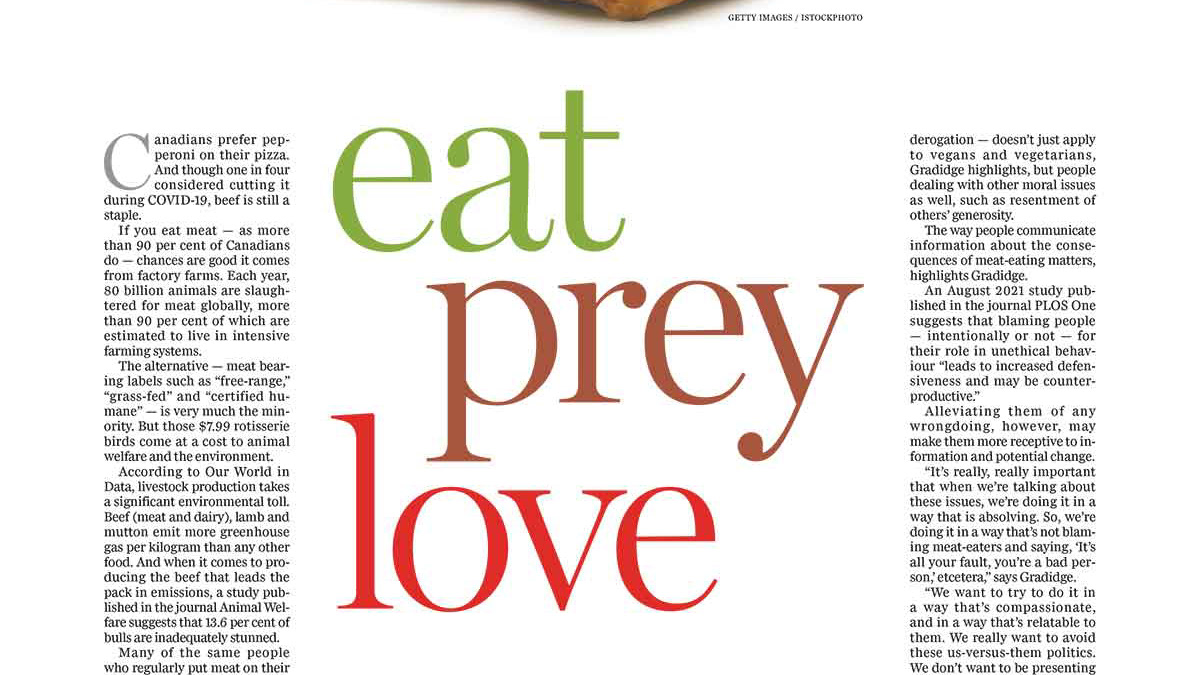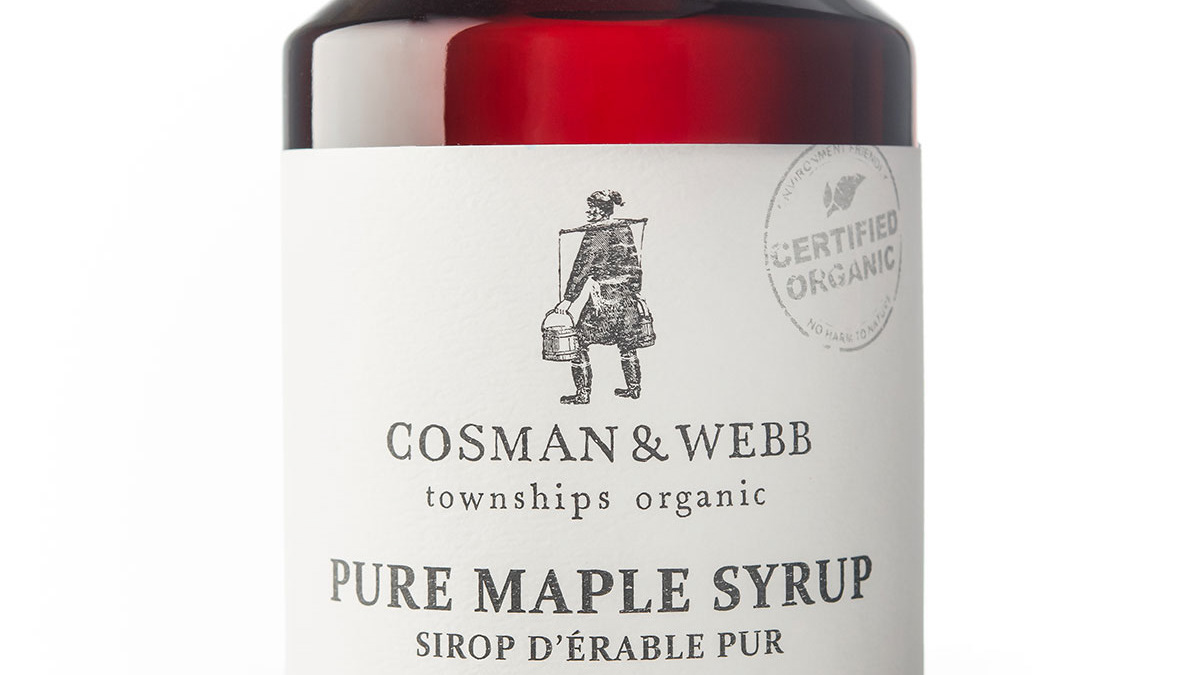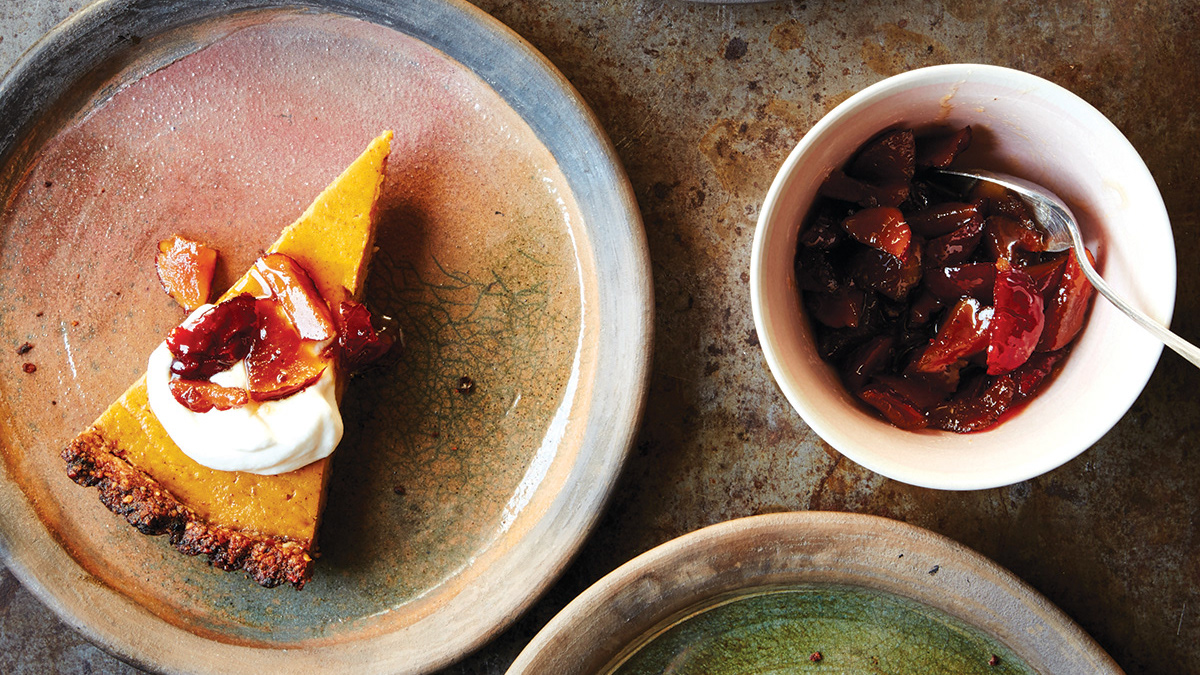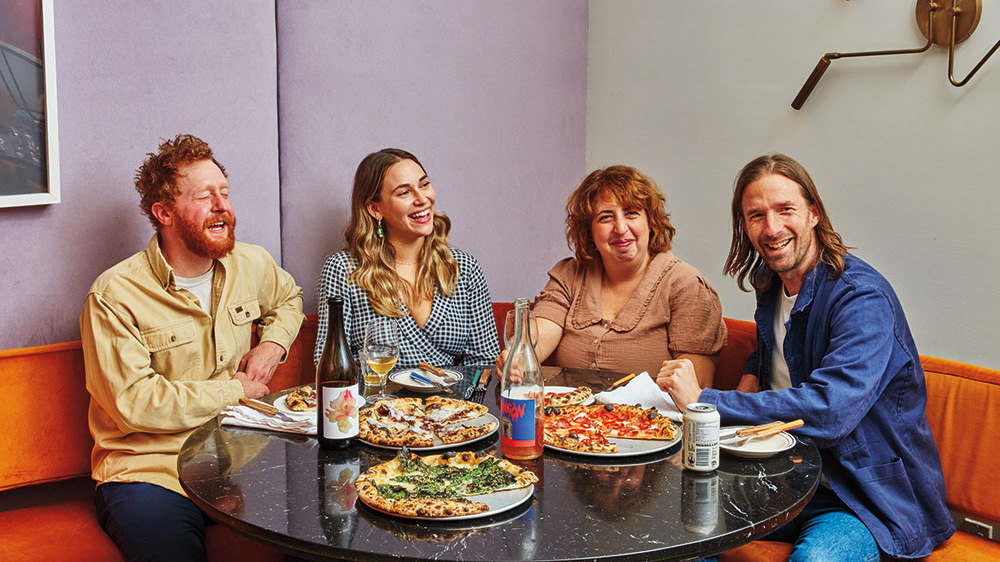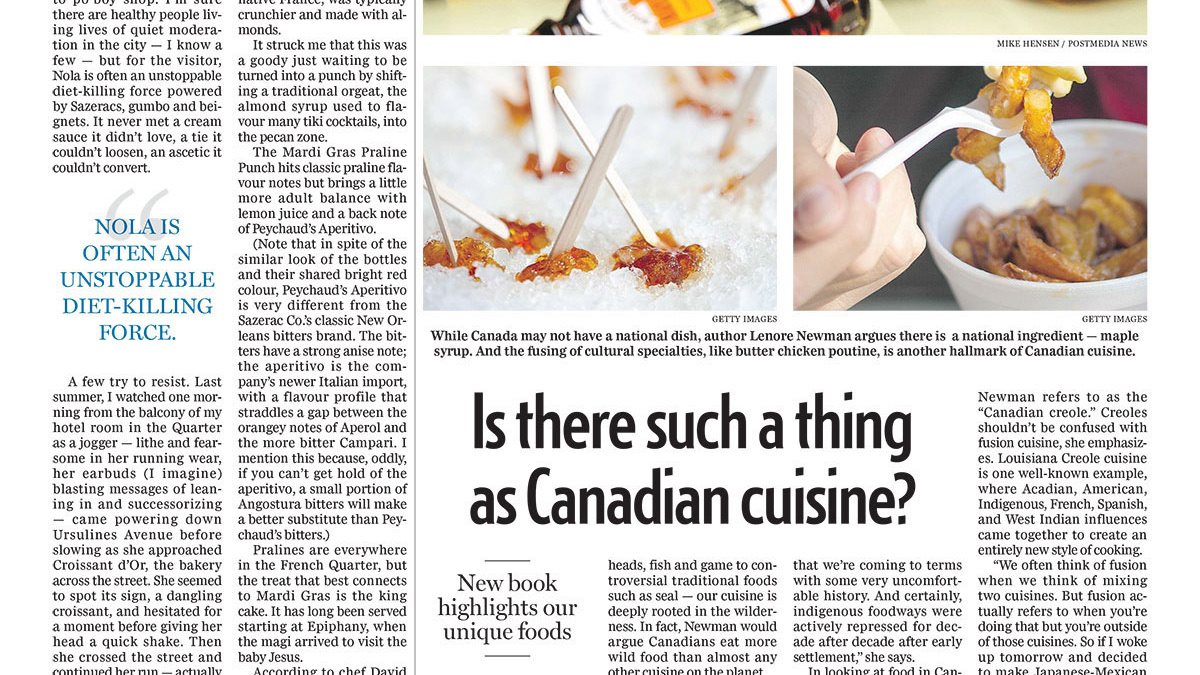PHOTO: Roost Books; Beet and Quinoa Tabouli from La Tartine Gourmande by Béatrice Peltre
Laura Brehaut/Postmedia News
Originally published on April 13, 2012; canada.com
Originally published on April 13, 2012; canada.com
Spring is the perfect time to cook from Béatrice Peltre’s cookbook La Tartine Gourmande: Recipes for an Inspired Life (Roost Books, 2012). Her French-influenced recipes and stories are fresh and colourful, and wonderfully presented.
PUBLISHED IN PRINT:
Saskatoon StarPhoenix: April 23, 2012; page B1
Spring is the perfect time to cook from Béatrice Peltre’s cookbook La Tartine Gourmande: Recipes for an Inspired Life (Roost Books, 2012). Her French-influenced recipes and stories are fresh and colourful, and wonderfully presented. Peltre, originally from France and now living in Boston, Massachusetts with her husband Philip and daughter Lulu, has an approachable attitude towards food and cooking. As a food stylist, photographer and 2011 SAVEUR Best Food Blog Award-winning blogger, Peltre has honed the craft of presenting accessible recipes to her readers, accompanied by inspiring photos and personal stories.
“My blog [LaTartineGournamde.com] has always been a motor for everything I do. When I started in 2005, I really didn’t have any intentions,” she says. “But the support I received from my readers, and the fact that I was getting so much positive feedback, people wanting more of the specific stories that I was writing, really helped me to define the voice that the book has as well as the blog. And actually, what I really wanted to do is translate what you find on the blog, into a book.”
Friends and family are central to Peltre’s tales about food in both her cookbook and on her blog. In the introduction to her book, she goes back to the beginning of her love of food in the countryside in northeastern France: her ‘obsession’ with family gardens, collecting eggs at her grandmother’s house and learning to cook by her mother’s side. “I didn’t understand it until much later but it’s why I’m such a food-obsessed person,” she says. “We talked about food all the time and to this day, when I call my mother in France, we’re going to end up at some point in our conversation talking about something food-related. Whether it’s a vegetable she’s growing, whether she’s been to a restaurant, what meal she’s been making that day. It’s always been very present in our lives.”
Cooking and travel now go hand in hand for Peltre. She has a travel kit of cooking essentials that she never leaves home without. “People laugh about it but nobody complains once I’m there. They always say, ‘You’re crazy! Why are you taking your vegetable grater?’ Well, you never know, you know,” she says, laughing. “And I end up making good use of it!” Her kit includes a set of collapsible measuring cups, a vegetable grater, a vegetable peeler, a set of silicone baking cups, ring molds if she’s planning to bake more elaborate cakes and gluten-free flours if she’s going somewhere they may not be readily available. One occasional item speaks to her dedication – a juicer. “It was great,” she says. “I remember being in a hotel making carrot juice and thinking, ‘I love this! I have my carrot juice on site!'”
Peltre’s travels to countries such as Italy, Australia and New Zealand, and her love of different cuisines and flavours have greatly influenced the kinds of dishes she cooks and recipes she develops. “I’m pretty sure to this day, my mother has never cooked with coconut milk,” she says. “I love coconut milk, lemongrass, ginger… and that shows me that I learned by her side but I evolved as a cook because I’ve been exposed to many different things.”
Twists on traditional favourites are evident throughout ‘La Tartine Gourmande.’ “I love to take the idea of a very traditional French recipe, maybe even something I loved as a kid, and change it,” Peltre says. “There’s a recipe in my cookbook for ‘hachis parmentier,’ which is basically the equivalent of shepherd’s pie. So you have mashed potatoes and leftover ground meat, and my own version has coconut milk and chicken in it instead, which has been cooked with ginger and other flavours that you would never find in a traditional ‘hachis parmentier.'”
Vegetables and fruit are the stars in ‘La Tartine Gourmande,’ with seafood, poultry and prosciutto making appearances in several dishes. “I eat meat now but I used to be a vegetarian for eight or ten years, and I think it shows in the kinds of ingredients that I choose because [the book is] heavy on vegetables and fruit and grains,” Peltre says. “That’s something I know well because I cooked for a big chunk of my adult life without meat. So I have my favourite ingredients that I use over and over.”
Peltre’s recipes use gluten-free flours such as millet and quinoa but she doesn’t identify the cookbook as being simply ‘gluten-free.’ “I don’t think, ‘I cook gluten-free first.’ I focus on celebrating food every day with beautiful things and they happen to be gluten-free,” she says. Several of the recipes offer substitutions for all-purpose flour to accommodate what people are most likely to have in their pantries. For example, the French classic custard-like dessert, clafoutis (pronounced kla-foo-TEE), is presented in both savoury and sweet varieties with the sweet ‘Cherry clafoutis’ calling for millet flour and almond meal, and unconventional lime and coconut milk. For the purists, Peltre offers substitutions for the clafoutis her mother still bakes for her – cream instead of coconut milk and no lime, and all-purpose flour in place of the gluten-free varieties. Peltre is a self-professed clafoutis lover. “Coming to the U.S., I always took for granted that everybody knew what a clafoutis was,” she says. “And then you say, ‘I made a clafoutis.’ ‘You made what?’ ‘You don’t know what a clafoutis is? Let me tell you!'”
BEET AND QUINOA TABOULI
Excerpted from La Tartine Gourmande: Recipes for an Inspired Life by Béatrice Peltre (Roost Books, 2012)
Excerpted from La Tartine Gourmande: Recipes for an Inspired Life by Béatrice Peltre (Roost Books, 2012)
Note: If you want to give the quinoa extra flavour, use vegetable broth rather than water.
Serves 4 to 6
2 tbsp pine nuts
1 cup (200 g; 7 oz) uncooked white quinoa
2 cups (475 ml) water or homemade vegetable broth
Sea salt
1 large cooked beet, peeled and diced
1 cup mixed cherry tomatoes, cut in half
1/4 red onion, finely chopped
3 oz (90 g) feta cheese, crumbled
1 cup (200 g; 7 oz) uncooked white quinoa
2 cups (475 ml) water or homemade vegetable broth
Sea salt
1 large cooked beet, peeled and diced
1 cup mixed cherry tomatoes, cut in half
1/4 red onion, finely chopped
3 oz (90 g) feta cheese, crumbled
For the vinaigrette:
Sea salt and pepper
Juice of 1 lemon or lime
6 tbsp olive oil
2 tbsp chopped flat-leaf parsley
1 tbsp chopped cilantro
1 tbsp chopped chives
1 tbsp chopped mint
Sea salt and pepper
Juice of 1 lemon or lime
6 tbsp olive oil
2 tbsp chopped flat-leaf parsley
1 tbsp chopped cilantro
1 tbsp chopped chives
1 tbsp chopped mint
1. Toast the pine nuts in a frying pan over medium heat for 2 minutes, or until lightly coloured and fragrant; remove from the heat and set aside to cool.
2. Rinse the quinoa under cold water and drain it in a colander. Add it to a pot and cover with the water or broth and a pinch of sea salt. Bring to a boil, then turn down the heat, cover, and simmer for 12 to 14 minutes, or until all of the water or broth is absorbed. Remove from the heat and keep covered for 5 more minutes. Transfer the quinoa to a bowl and fluff it with a fork; let cool. Add the beet and toss gently. The quinoa will take on a nice pink colour. Add the tomatoes, onion, and cheese.
3. To prepare the vinaigrette: In a small bowl, combine the sea salt and pepper with the lemon juice and oil, and whisk to emulsify. Stir in the herbs. Dress the salad with this vinaigrette and adjust the seasoning to your taste. Add more dressing if you like and serve with the pine nuts.
Note: To cook the beet (unpeeled), you have two options: Add it to a pot of water, bring to a boil, and cook until it’s easy to insert a knife in the middle. Or you can wrap it in aluminum foil and bake it in an oven preheated to 375ºF (190ºC). The cooking time depends on the size of the beet — it can take between 40 minutes and 1 hour — check regularly. Once cooked through, let cool before peeling the beet.



